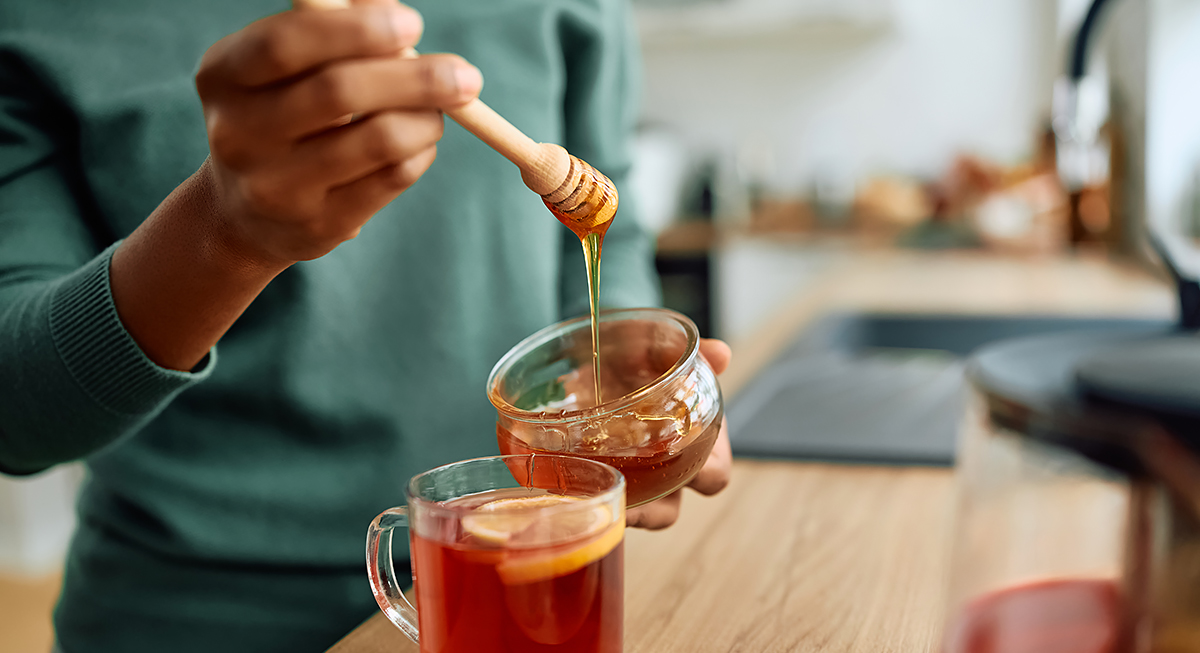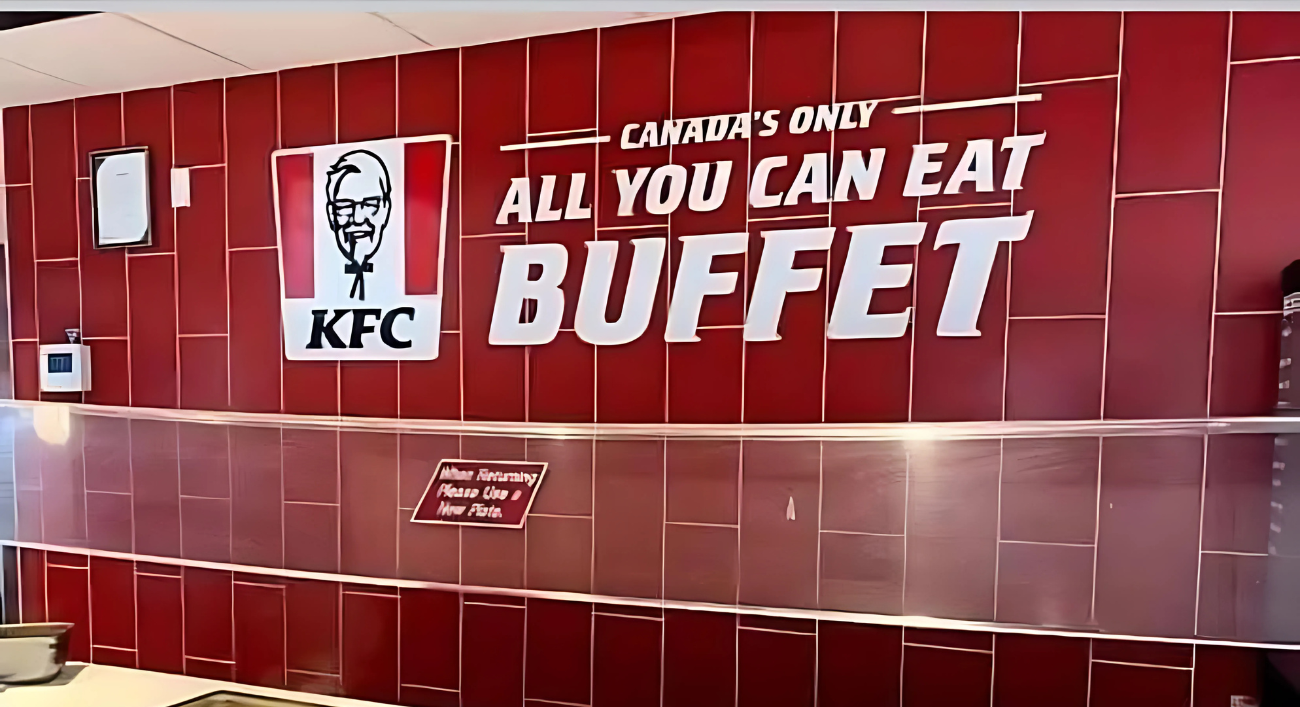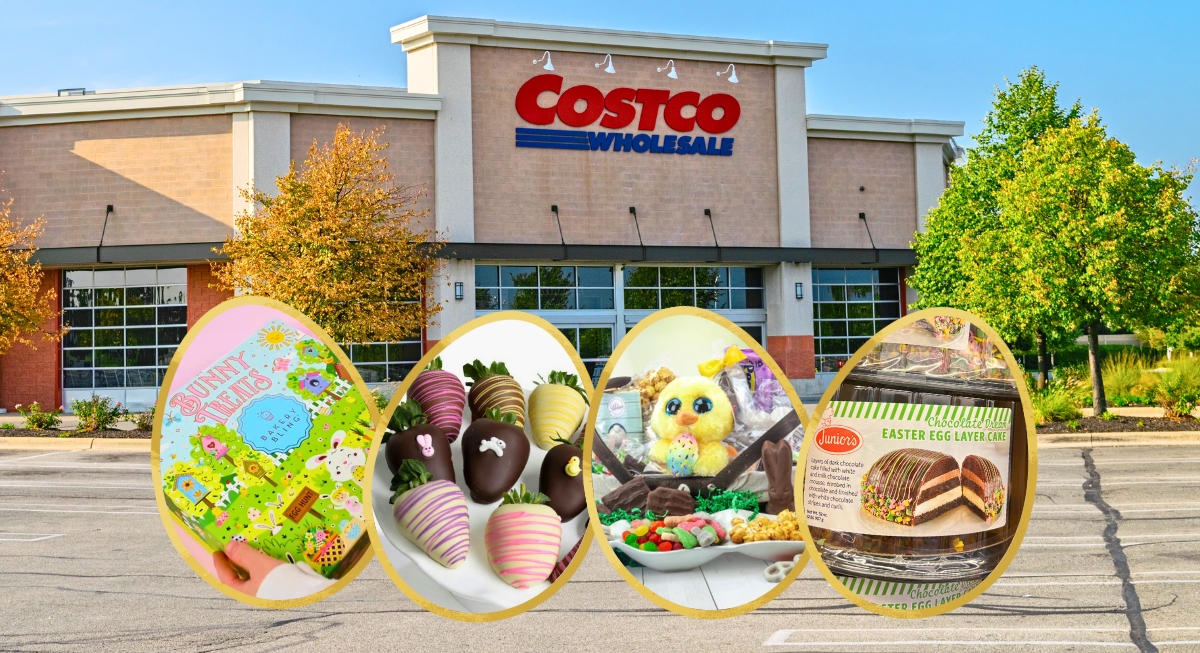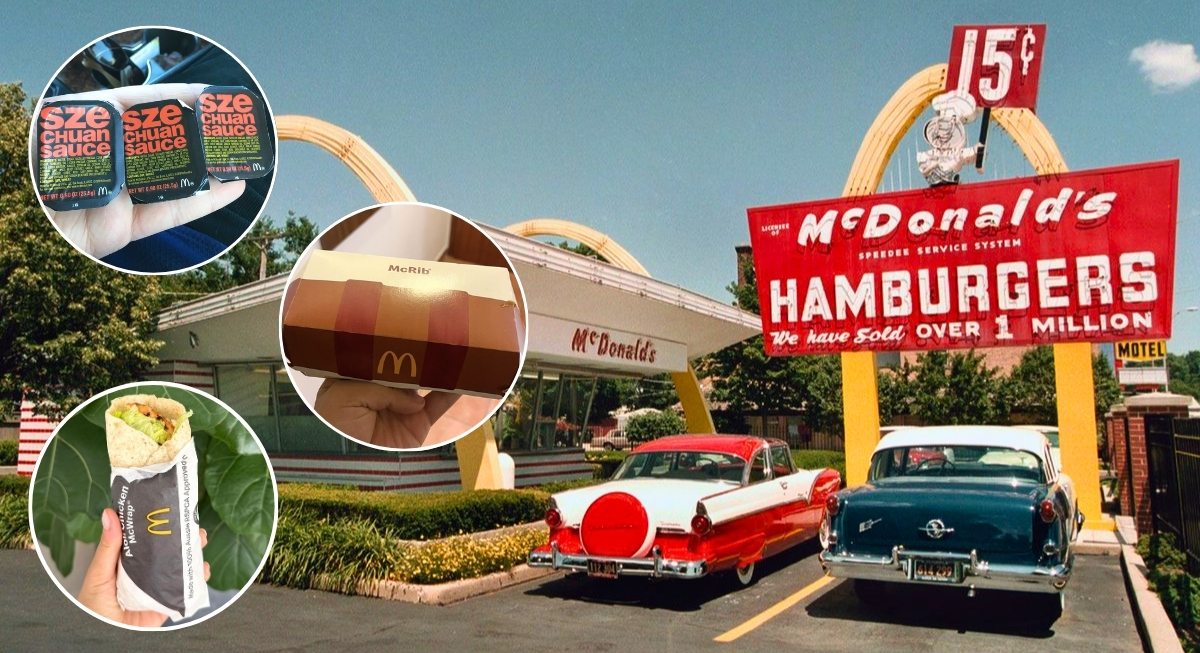Think you know your plate? Think again. Some foods hide ingredients and preparation methods that are more bizarre than fiction. This list pulls back the curtain on everyday items with ingredients so surprising you'll double-check your pantry. Let's dig in—if you dare.
Marshmallows
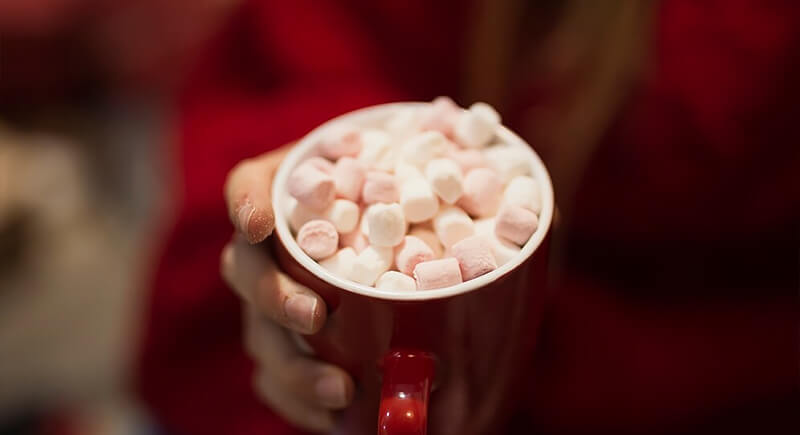
Credit: freepik
We love these sweet treats in hot cocoa or toasted over a campfire, but their fluffiness actually comes from gelatin, a protein derived from boiled pig or cow bones, skin, and connective tissues. While gelatin gives marshmallows their characteristic bounce, its manufacturing process might make you think twice before indulging.
Shredded Cheese

Credit: flickr
Shredded cheese is a common addition to many meals but has a less-known ingredient. Most of them are coated with cellulose, an anti-caking agent derived from wood pulp. This addition keeps the cheese from clumping, but it also means you're sprinkling a bit of plant fiber on your pizza.
Jelly Beans
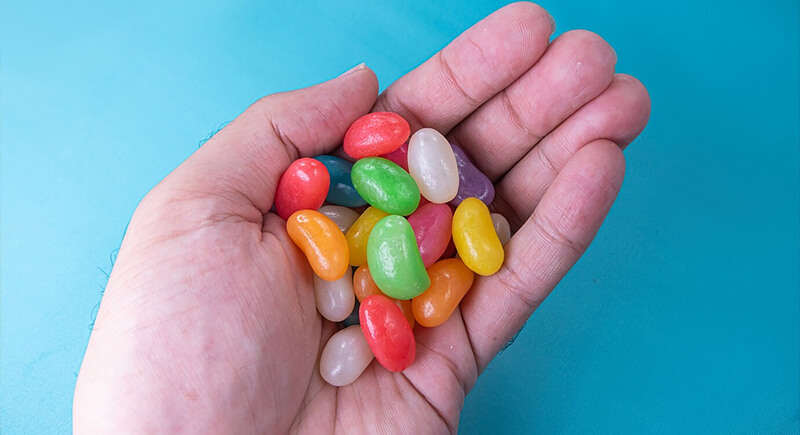
Credit: freepik
Jelly beans are Easter basket staples and Ronald Reagan's favorite snack, but their secret recipe reads like a candy horror story. That shiny shell is often coated in shellac, a resin secreted by lac bugs, while the chewy core relies on gelatin (hello, boiled animal bones).
Worcestershire Sauce
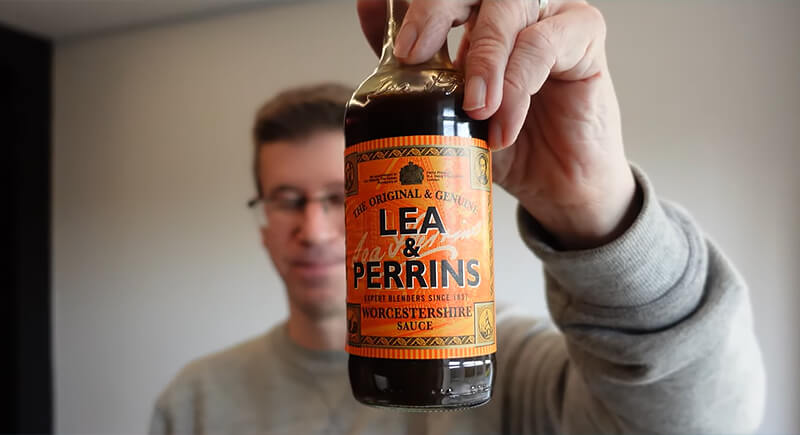
Credit: Youtube
The savory punch we love so much from this well-known condiment, which we add to our Bloody Marys, marinades, and stews, comes from anchovies, left to rot in salt for months until they liquefy into a fishy essence. Who knew Worcestershire sauce had a fishy secret and wasn't vegan-friendly?
Caesar Salad Dressing
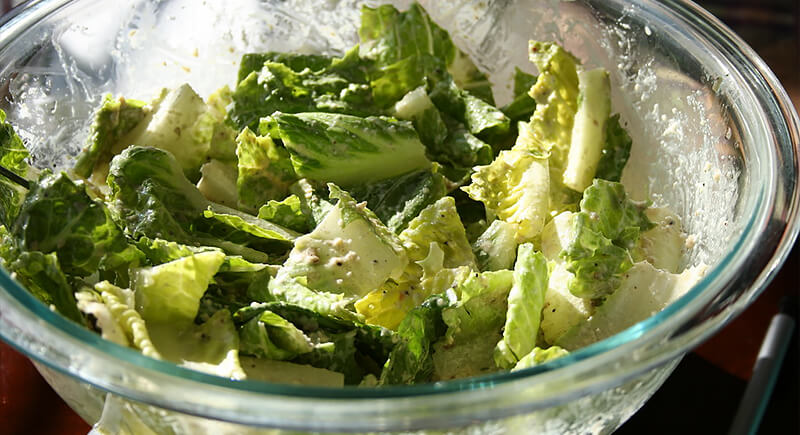
Credit: flickr
Like Worcestershire sauce, this kitchen staple also owes its distinctive umami flavor to anchovies. These small fish are blended into the dressing and provide a taste that's hard to replicate. While experienced chefs know anchovies are essential for achieving the classic taste, their presence might surprise many.
Bread

Credit: freepik
Not many people know this but bread loaves contain L-cysteine, an amino acid often derived from human hair. This additive, sourced from poultry feathers, hog hair, or synthesized through microbial fermentation, is used to prolong shelf life. It's safe to consume, but the idea of hair-derived ingredients in your food might be hard to swallow.
Red Candy/Yogurt
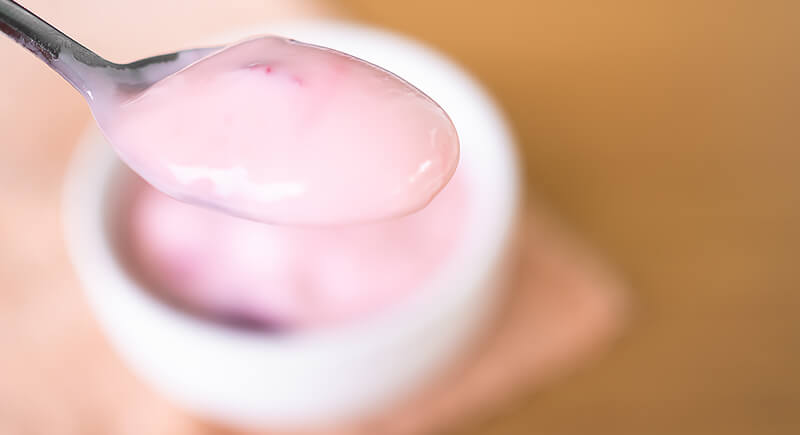
Credit: iStockphoto
The crimson in your gummy worms or strawberry yogurt often comes from carmine sourced from crushed cochineal beetles. Starbucks famously ditched the beetle-based coloring after vegans revolted (but it's still lurking in yogurts and candies). Next time you're enjoying some ruby-red treats, you may have some bugs to thank.
Vanilla/Raspberry Flavored Foods

Credit: iStockphoto
Vanilla and raspberry-flavored foods often owe their distinctive tastes to vanillin, a compound primarily synthesized from lignin found in wood pulp. An alternative–and rarer–source of this famous flavor is castoreum, a secretion from beavers. So, your favorite vanilla treats are either lab-produced or animal-derived.
Gummy Candy
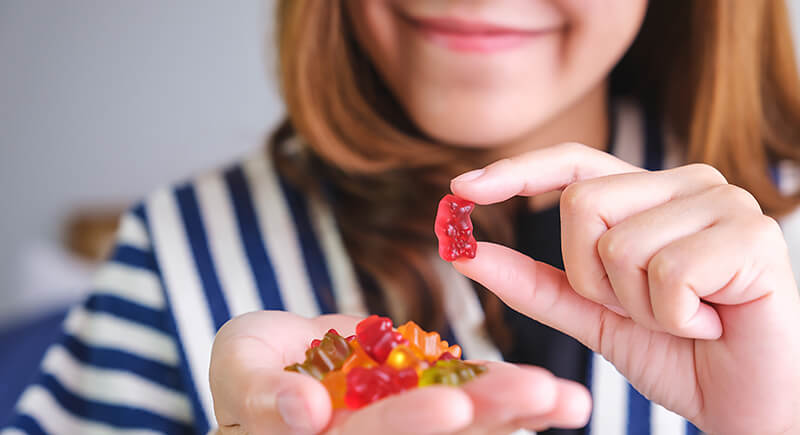
Credit: iStockphoto
Many people love gummy candies because of their chewy texture and vibrant colors. However, their signature consistency comes from gelatin, typically sourced from the bones and skin of pigs or cows. Luckily, some plant-based gummy candies use pectin or agar agar, whuch is derived from fruits and seaweed.
Chewing Gum

Credit: freepik
Chewing gum's chewy texture comes from its gum base, a mix of polymers, resins, and fillers. Historically, natural latexes like chicle were used, but modern gums often use synthetic rubbers such as polyisobutylene, also found in inner tubes. Some manufacturers even use Lanolin, a waxy secretion from sheep skin.
Canned Mushrooms
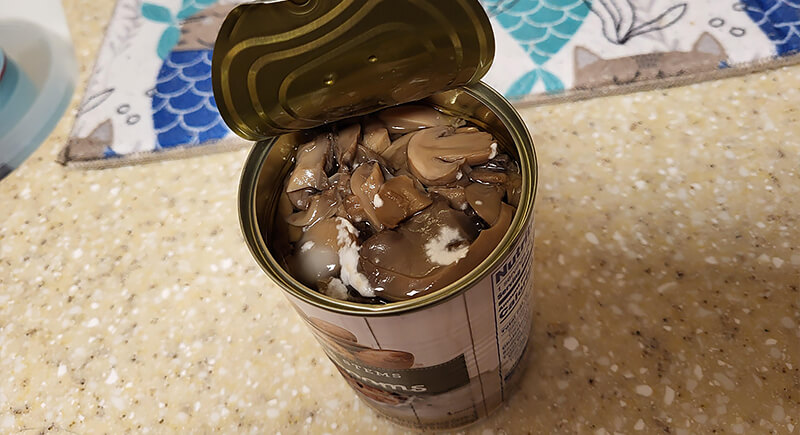
Credit: Reddit
Canned mushrooms are a convenient pantry staple but have a less appetizing side. The FDA allows up to 20 maggots per 100 grams of drained mushrooms. These tiny critters can get into the product during harvesting and processing. Although they're deemed safe, this addition makes a case for fresh mushrooms.
Bagged Salads
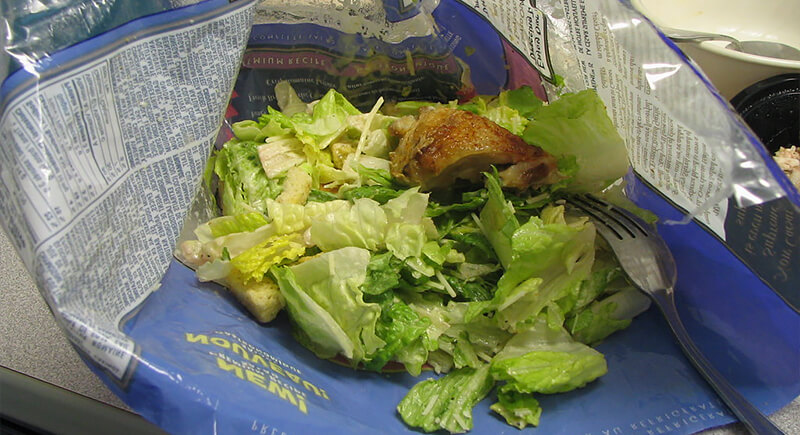
Credit: flickr
Bagged salads are a go-to for healthy meals. But did you know they can harbor some unappetizing surprises? The FDA permits some natural contaminants—like insects and other organic matter—in these pre-packaged greens. Sometimes, eating healthy can come with unpleasant add-ons.
Ground Beef
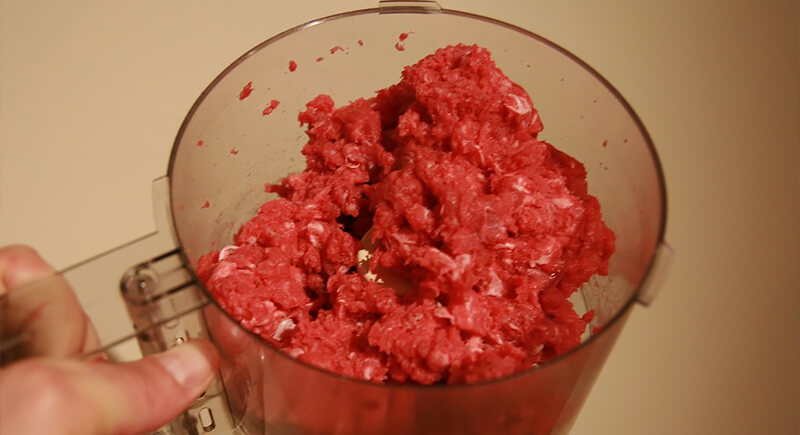
Credit: flickr
One reason some people have eliminated burgers from their diets is the preparation method of ground beef. Despite being a staple of many dishes, ground beef contains textured beef—commonly known as "pink slime"—consisting of beef trimmings treated with ammonia.
Jell-O

Credit: Reddit
Jell-O's jiggle is due to gelatin, which–as we previously mentioned–is a protein derived from animal collagen. This collagen is extracted by boiling pig and cow skin, bones, and tissues. This process is important for Jell-O's signature texture.
Processed Sugar
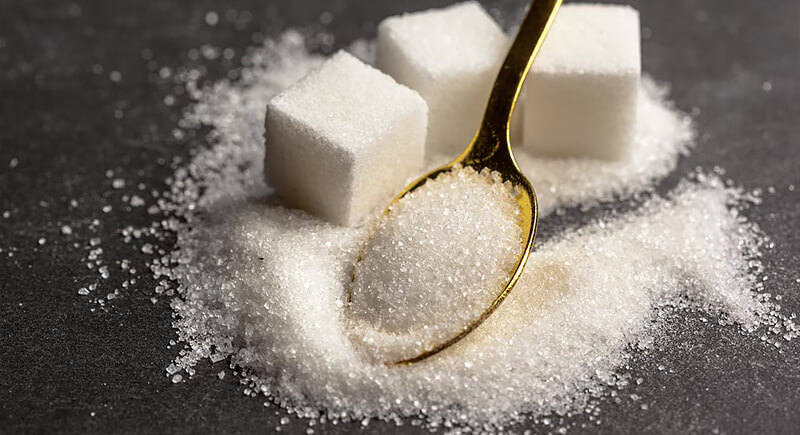
Credit: freepik
This pantry ingredient sweetens everything from coffee to baked goods. But did you know that cane sugar often gets its pristine white color through a refining process involving bone char—essentially charred animal bones? This filtration method makes sugar visually appealing, but the mental image of the preparation is less so.


